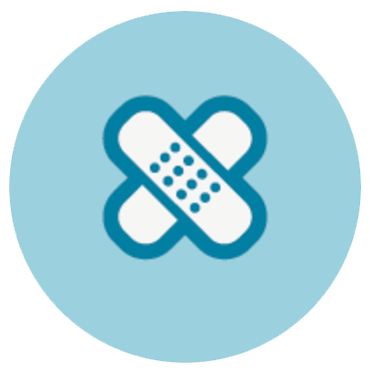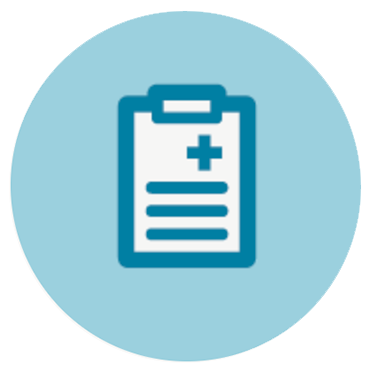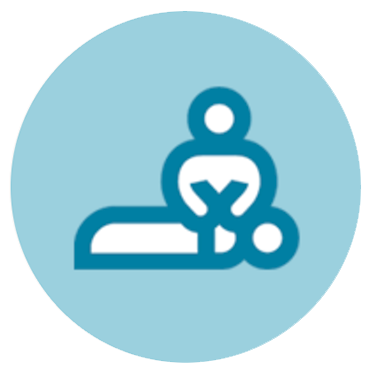Postural Treatment
GDS, Muscle Chains and Posture Treatment
Postural Treatment
Our posture is more than just the shape we hold in space. It is also the attitude we have towards life. It develops from the time we are small thanks to our genetic make-up, but also through learning and our experiences.
The aim of posture and movement is to perform their functions in the most energetically economical way.
The body has the ability to assimilate these small aggressions to which we subject it on a daily basis and to compensate for them. For example, a sprain that causes us to limp can provoke a rotation in the knees, a change in the angulation of the hip and a vertebral rotation. This will therefore define our posture. In fact, on many occasions, when we talk about chronic conditions, treatments with poor results or relapses, what happens is that we have treated the symptomatology but not the cause, which is the patient’s postural failure.
When these compensations cause pain or dysfunction, we must work on posture, to try to correct or minimise these complications.
A postural treatment allows us to have tools to work on a daily basis, almost at any time: how to sit, how to stay upright, how to improve our sporting gesture, etc. It is a medium-term treatment, which requires a great deal of cooperation from the patient, but the results are amazing and last a lifetime.
GDS Y Cadenas Musculares.
The GDS method is based on a global concept of the human body and describes a series of muscle and joint chains and their relationship to body mechanics and behaviour.
It was developed by Madame Godelieve Denys-Struyf in the 60s and 70s and proposes, through a behavioural and kinesiotherapeutic approach, a series of techniques and strategies for prevention and body awareness of the patient.
According to this method, the muscles are grouped in the body forming 6 muscle chains and the activity of each of these chains and the balance between them will lead us to adopt a certain posture.
If we analyse our own posture or that of the people around us, we realise that certain postural patterns are repeated: the person with their shoulders rolled forward, the person with a more asthenic postural attitude, the person who sticks out their chest, etc. Each of these postures is maintained by the individual through their muscular chains. The GDS method aims to achieve a balance between them, restructuring and reprogramming their chains.
Maintenance: Proprioceptive Gymnastics (Group Classes).
When we talk about posture treatment, we must not forget that it is something more complex/comprehensive than going to the physiotherapist’s office and lying on the couch for an hour. It is true that we need the physiotherapist to directly treat some structures of our body but after this happens, we must integrate the changes in our body schema and gestures.
This means that if the therapist treats us for a trapezius contracture, after the consultation, we must do proprioceptive work, body awareness work to keep the shoulders down, “supported by the pelvis” and not “suspended from the head”. Because if we forget about this last part, we are bound to suffer the contracture again, does this sound familiar?
For this reason, it is extremely beneficial to complete the treatment with Proprioceptive or Maintenance Gymnastics. It consists of a weekly 1-hour class in a small group of a maximum of 3 people. We work on the floor, with different objects: sticks, balls, boards, etc. to perform a series of exercises that will awaken and integrate the changes that are taking place in our body into our motor cortex.
A Holistic View

PAIN
Their description during the patient interview reveals much of the information about the injury.

DIAGNOSIS
THE KEY: is to find the reason for the injury, the cause. What is the chain of injury that has caused it.

TREATMENT
Always based on an accurate, personalised and innovative diagnosis.